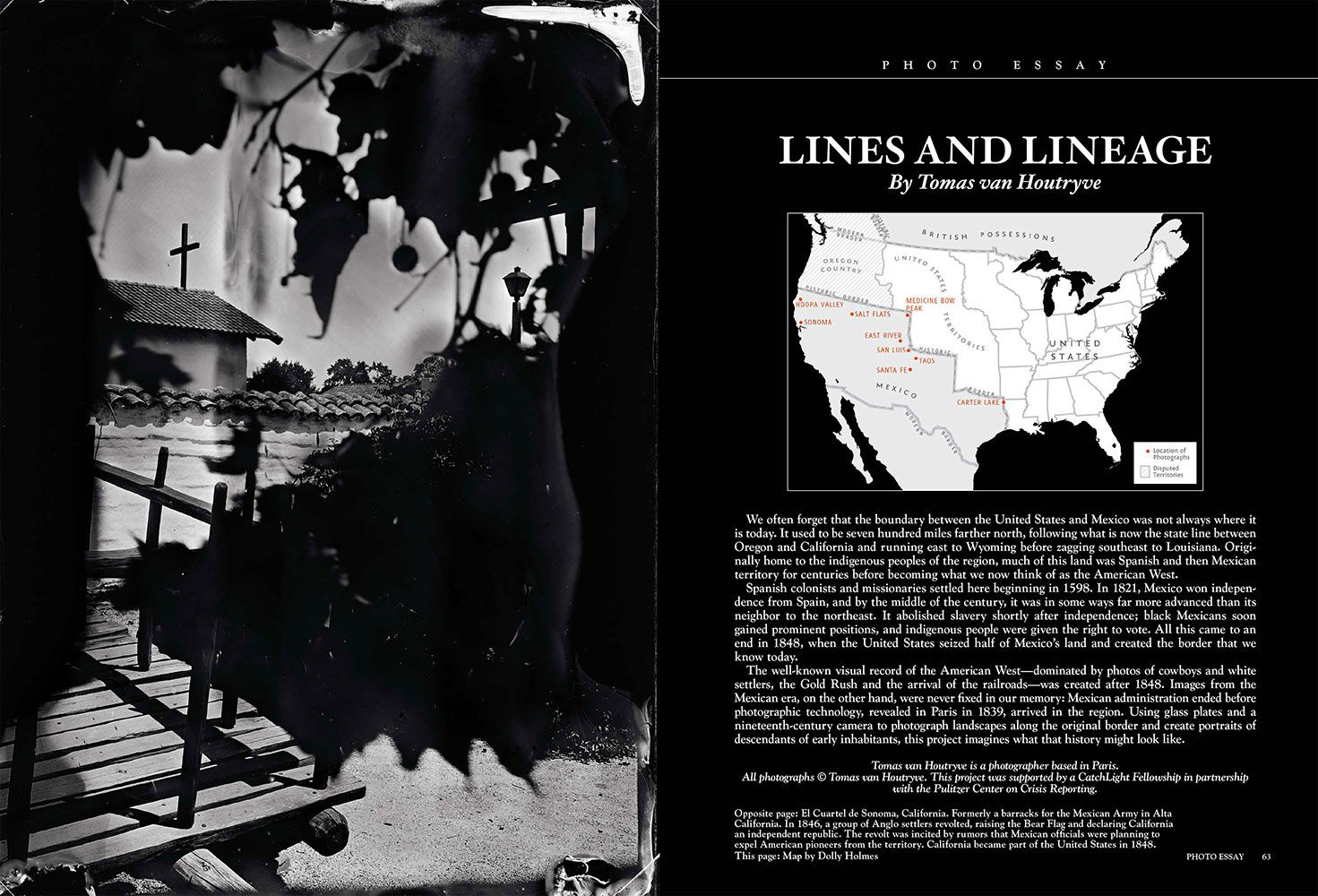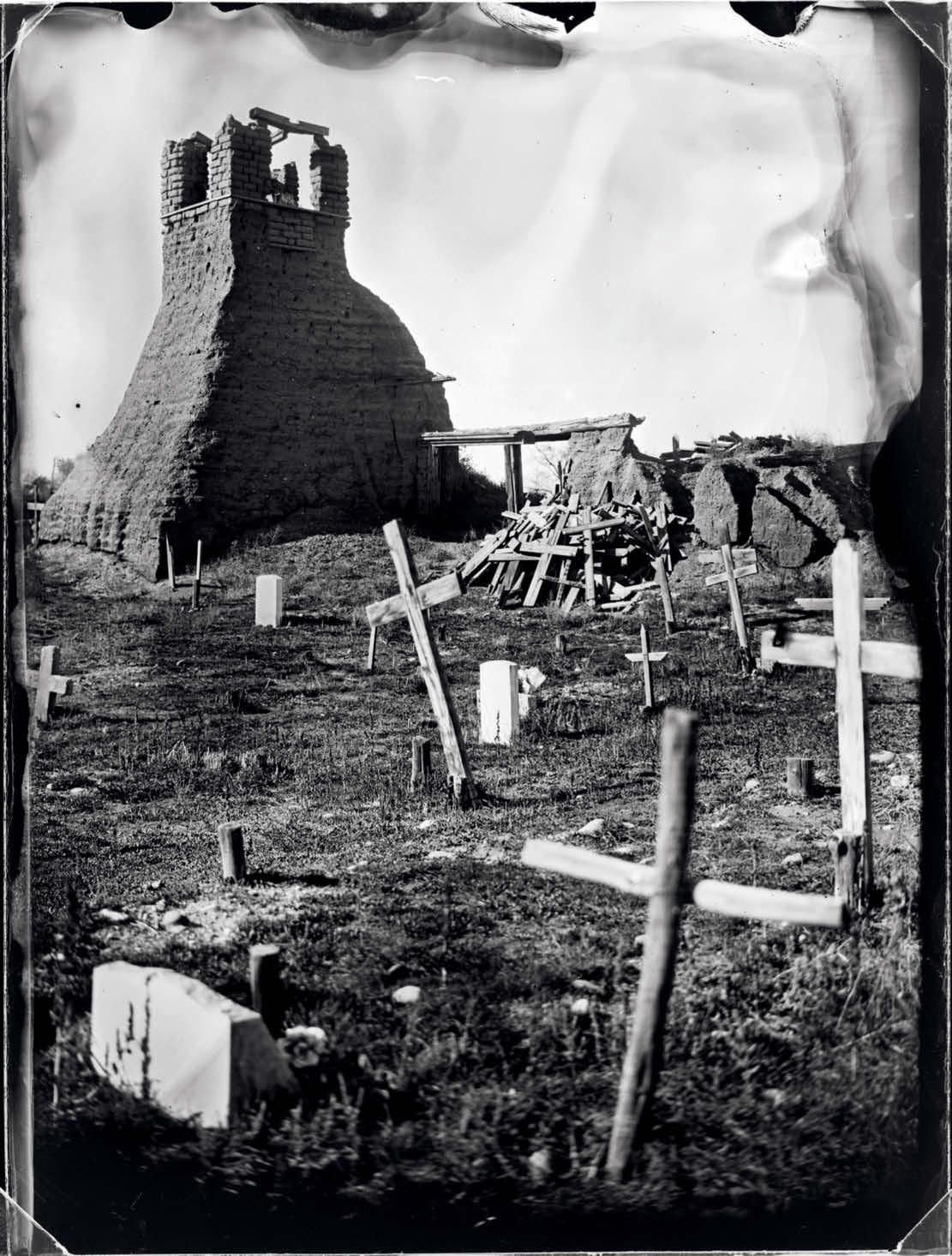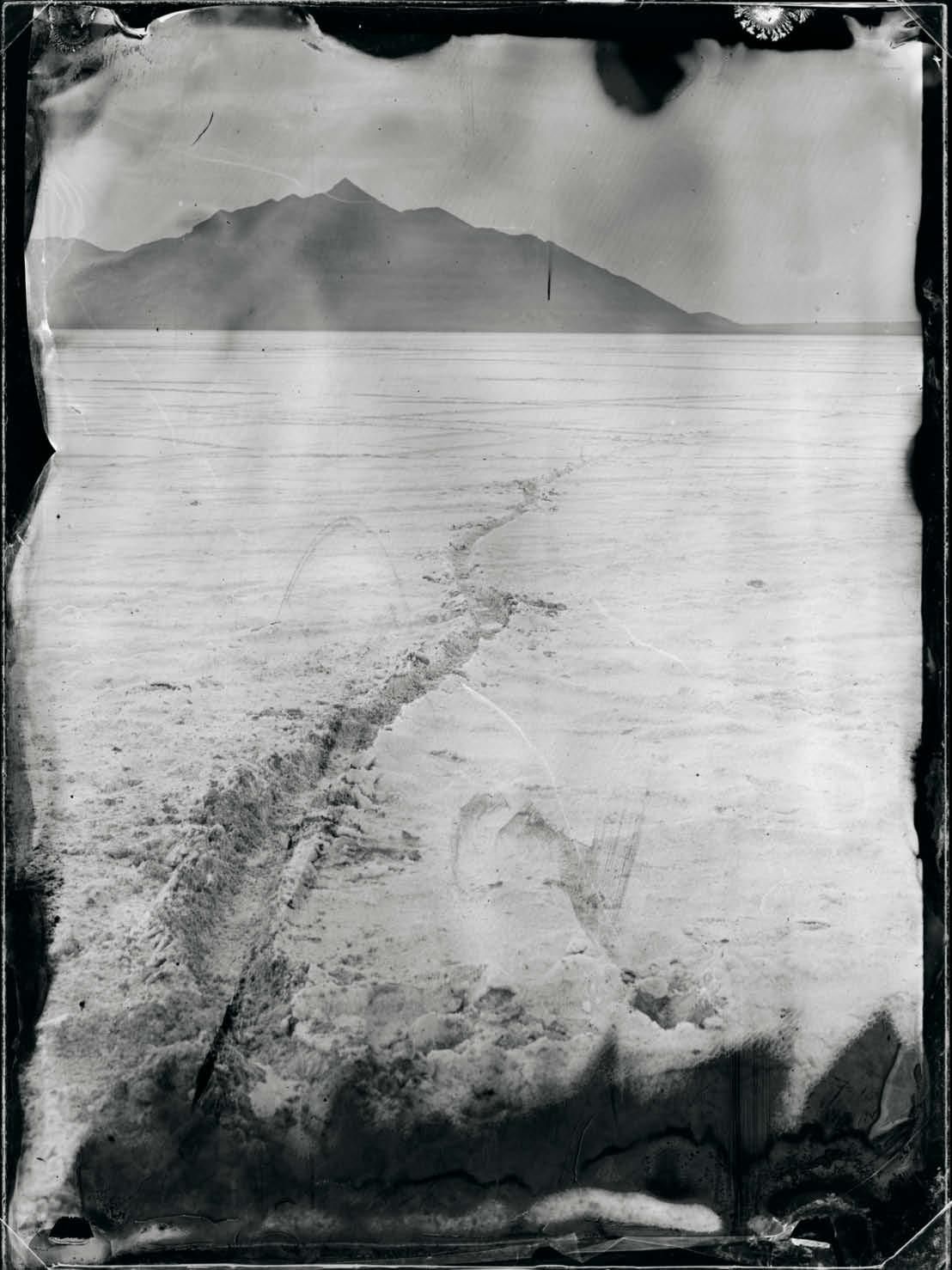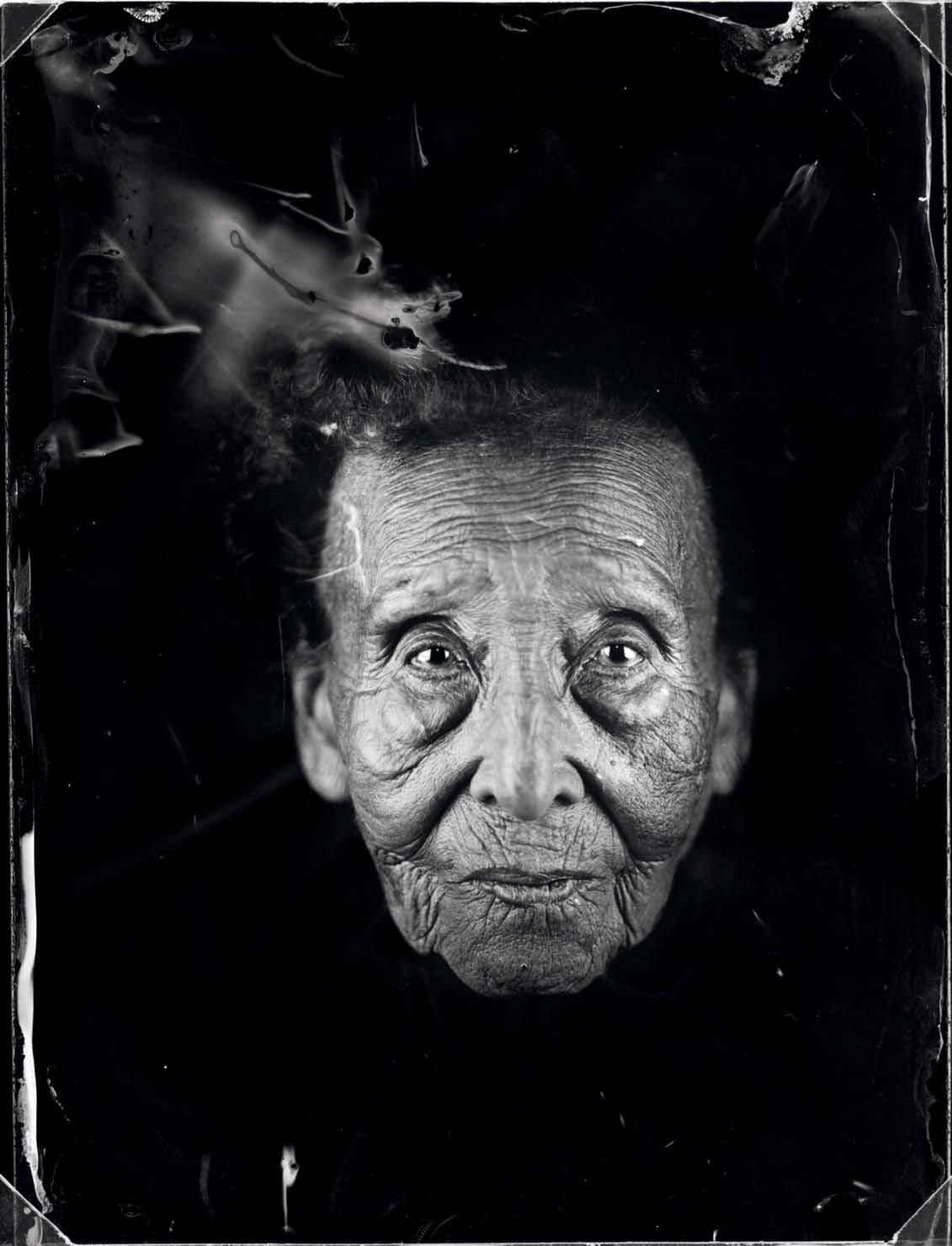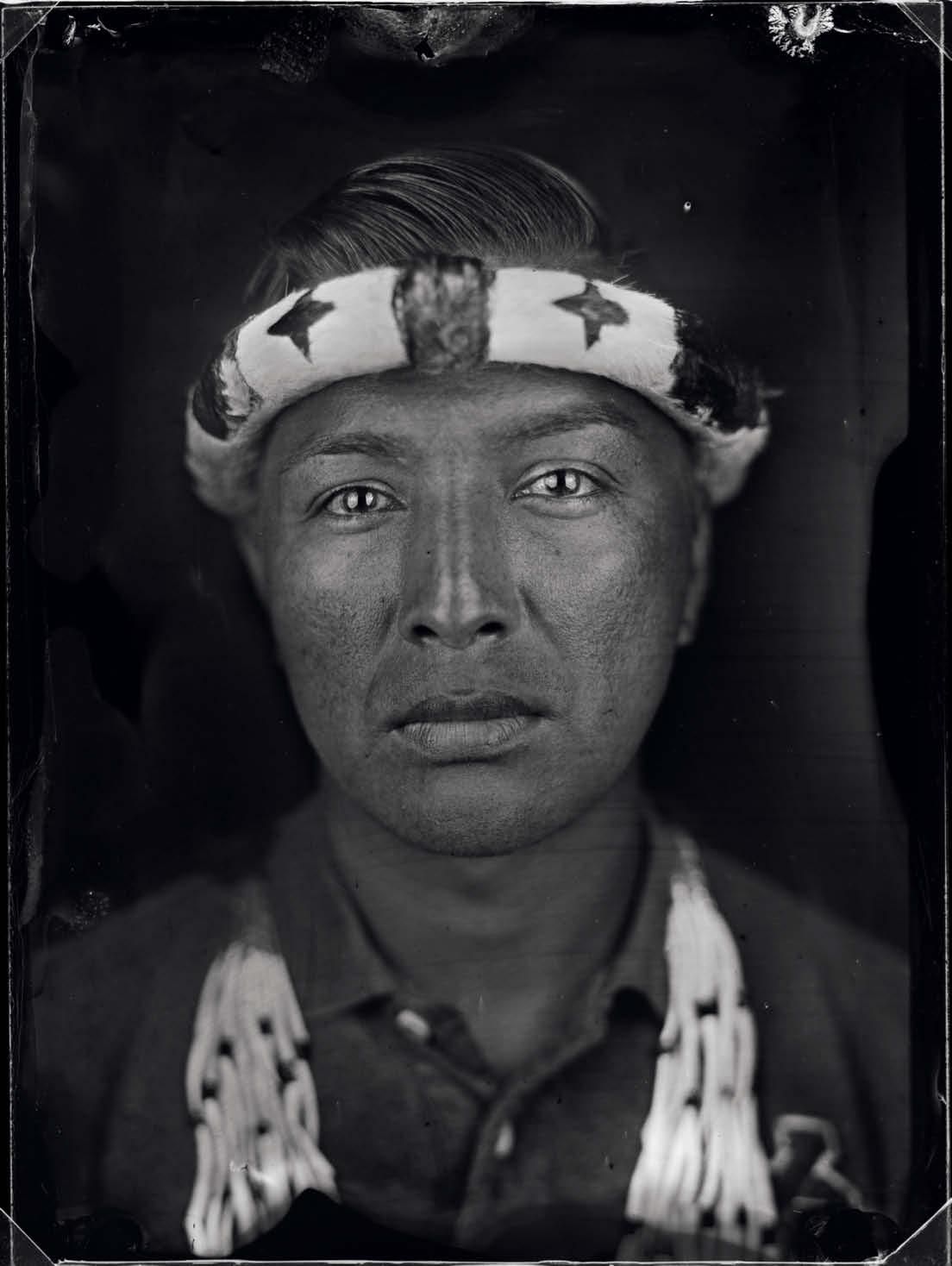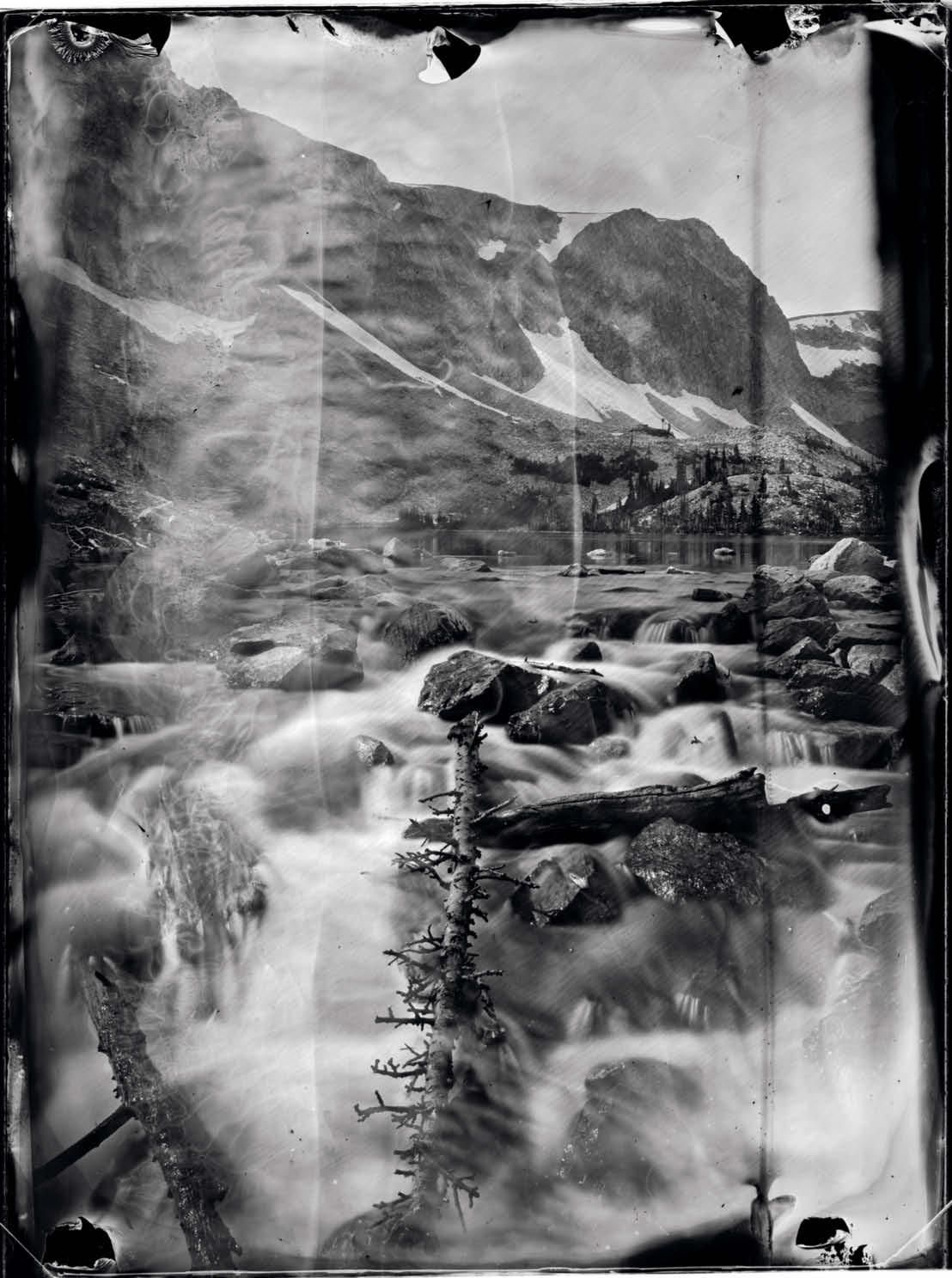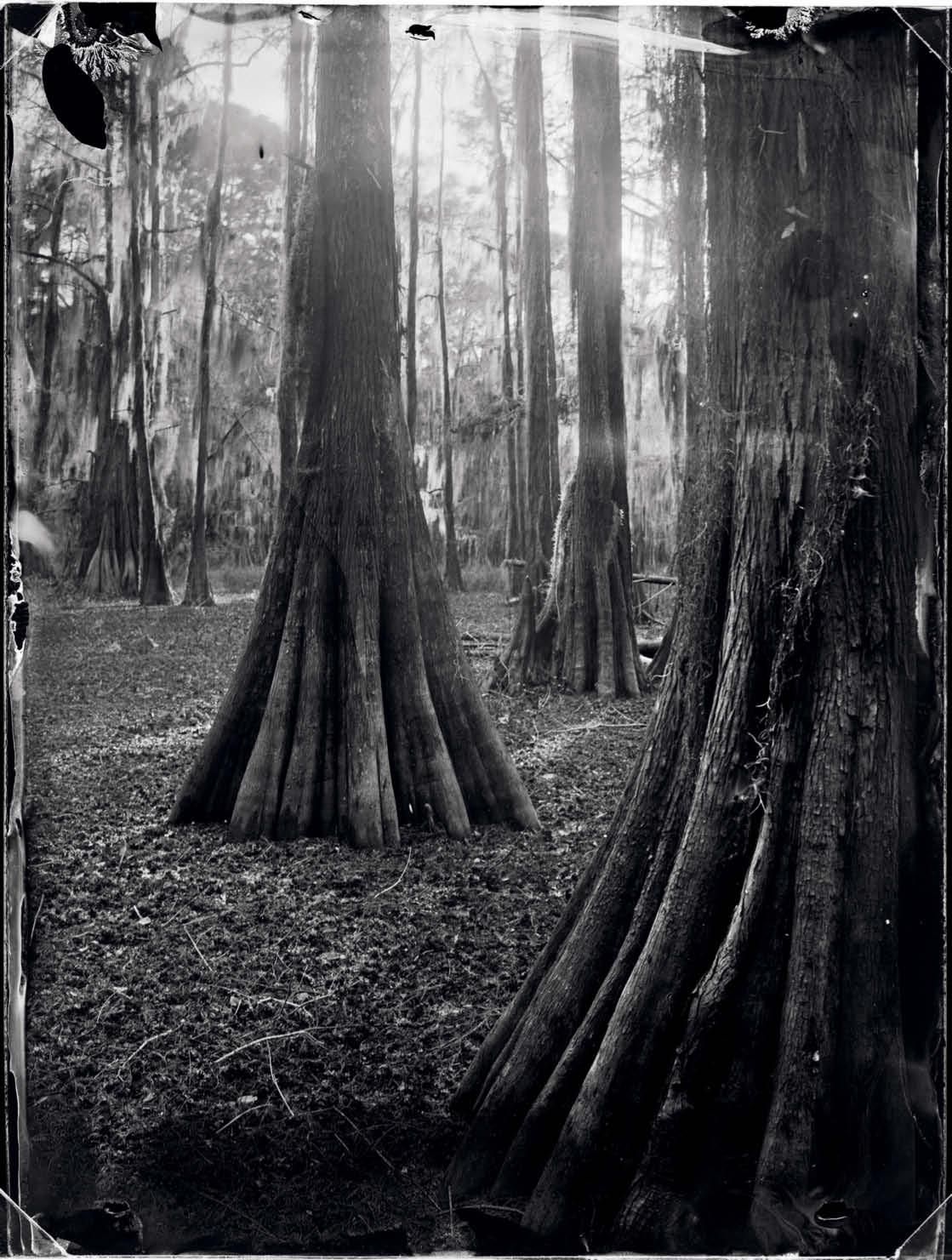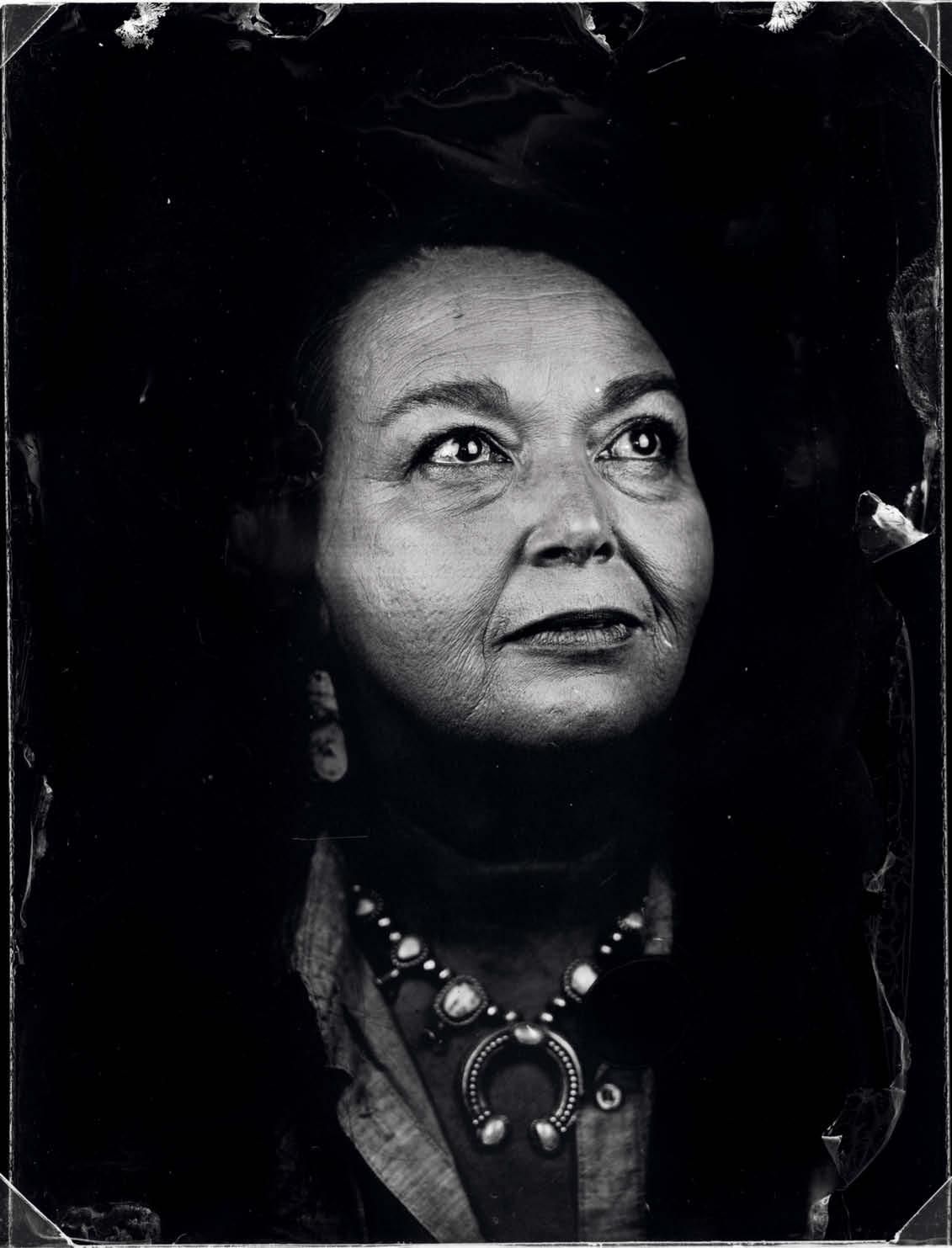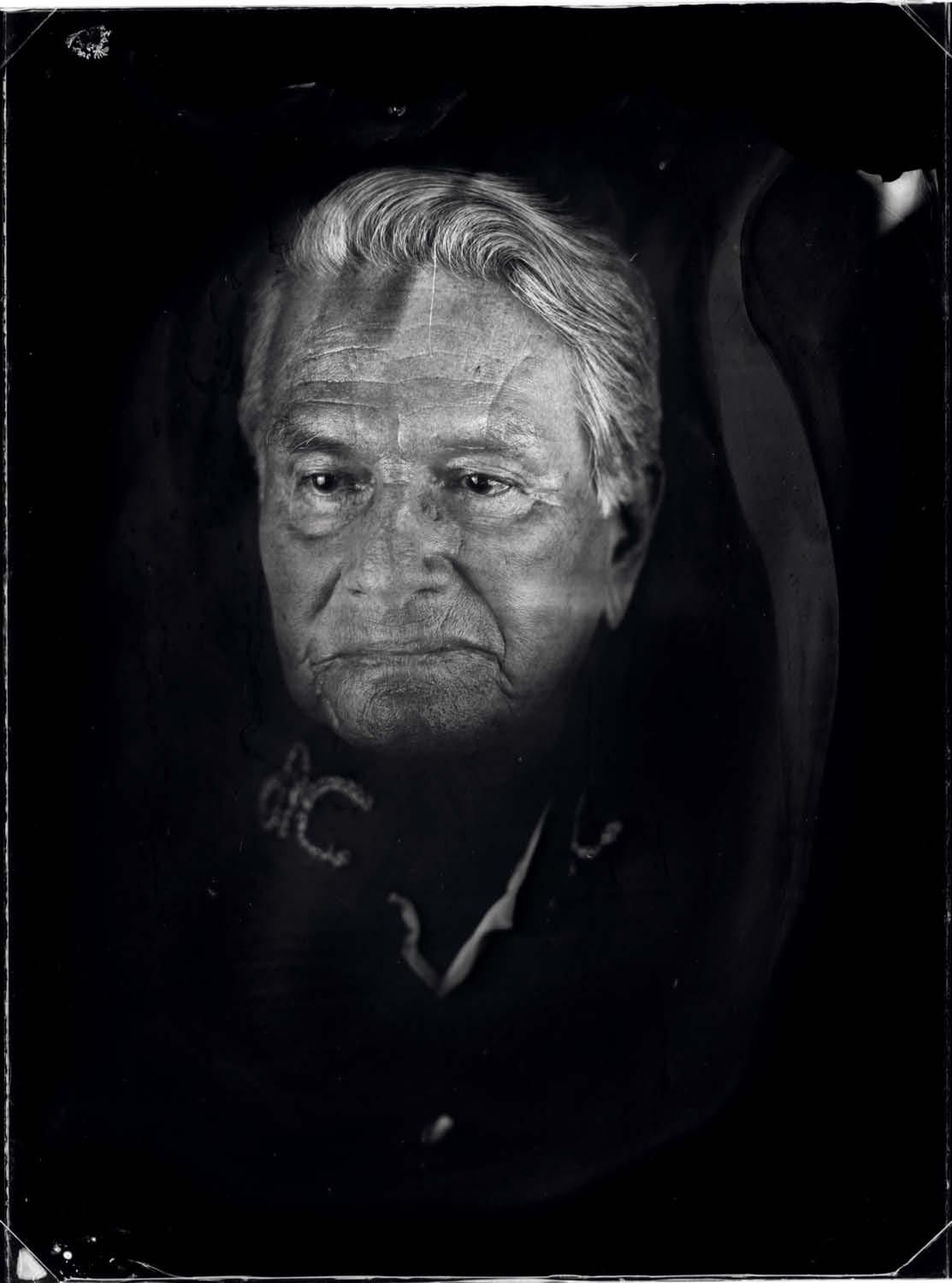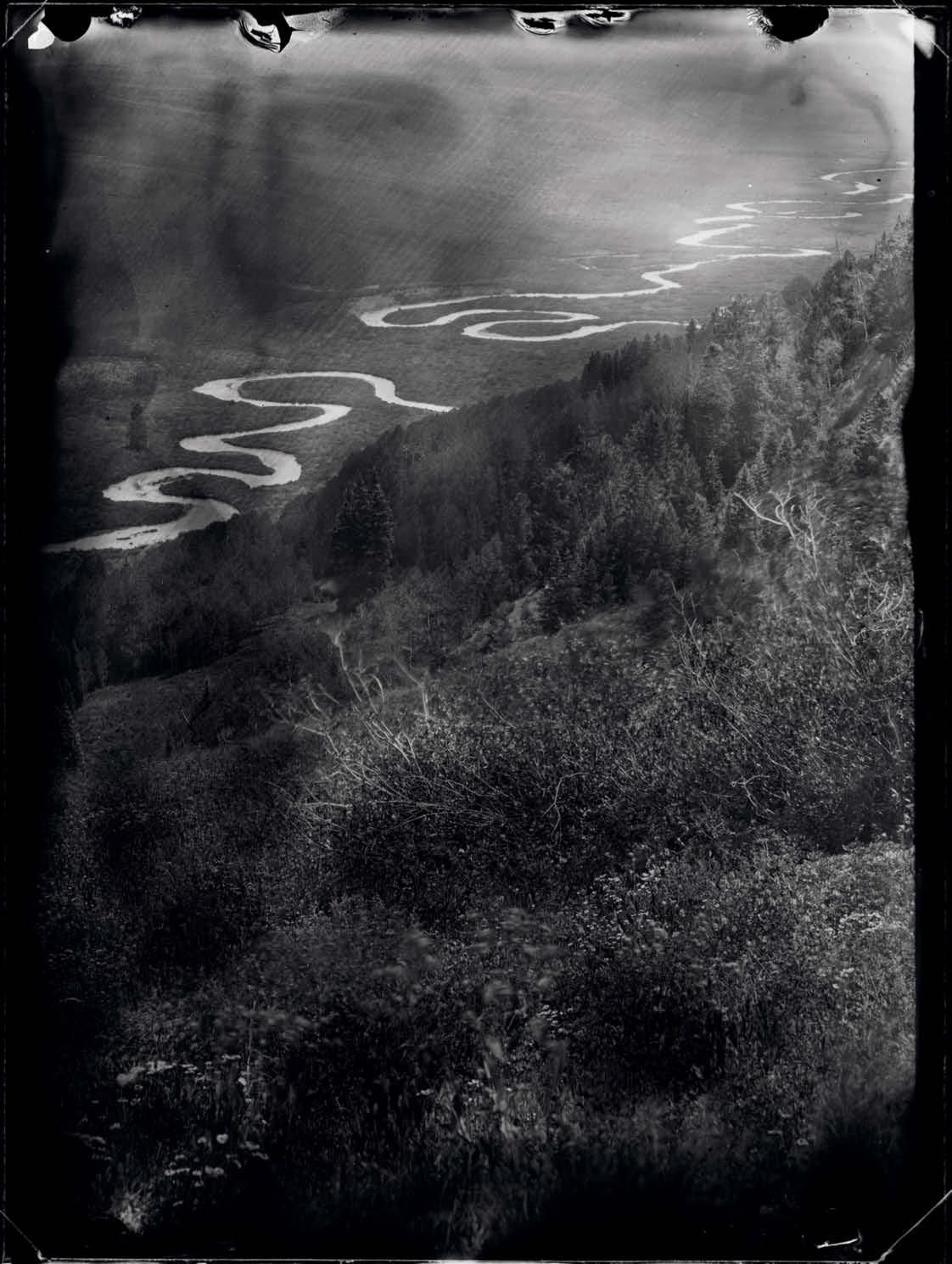We often forget that the boundary between the United States and Mexico was not always where it is today. It used to be seven hundred miles farther north, following what is now the state line between Oregon and California and running east to Wyoming before zagging southeast to Louisiana. Originally home to the indigenous peoples of the region, much of this land was Spanish and then Mexican territory for centuries before becoming what we now think of as the American West.
Spanish colonists and missionaries settled here beginning in 1598. In 1821, Mexico won independence from Spain, and by the middle of the century, it was in some ways far more advanced than its neighbor to the northeast. It abolished slavery shortly after independence; black Mexicans soon gained prominent positions, and indigenous people were given the right to vote. All this came to an end in 1848, when the United States seized half of Mexico’s land and created the border that we know today.
The well-known visual record of the American West — dominated by photos of cowboys and white settlers, the Gold Rush and the arrival of the railroads — was created after 1848. Images from the Mexican era, on the other hand, were never fixed in our memory: Mexican administration ended before photographic technology, revealed in Paris in 1839, arrived in the region. Using glass plates and a nineteenth-century camera to photograph landscapes along the original border and create portraits of descendants of early inhabitants, this project imagines what that history might look like.
The full story is available for purchase on harpers.org.
